Whispers of the Wild: The Forest’s Silent Battle
In the heart of the beautiful Arabuko-Sokoke Forest Reserve, where the sunlight filters through thick tree cover and the air hums with the sounds of wildlife, a quiet struggle is taking place. The towering, rare and endemic trees, standing strong here for generations, offer refuge to countless species – from the shy golden-rumped elephant shrew to over 270 types of birds, mammals, and butterflies.
But this fragile balance is under threat. The forest, once a vast stretch of land, from southern Somalia all the way to Northern Mozambique, has now been reduced to just 420 square kilometers in Kilifi County, Kenya. Human activities such as illegal logging, charcoal production, and poaching leave their mark on the forest, tearing at the very fabric of its ecosystem. The once-unhindered paths that elephants roamed freely are now obstructed, and the nesting grounds of rare birds diminish with each passing day.
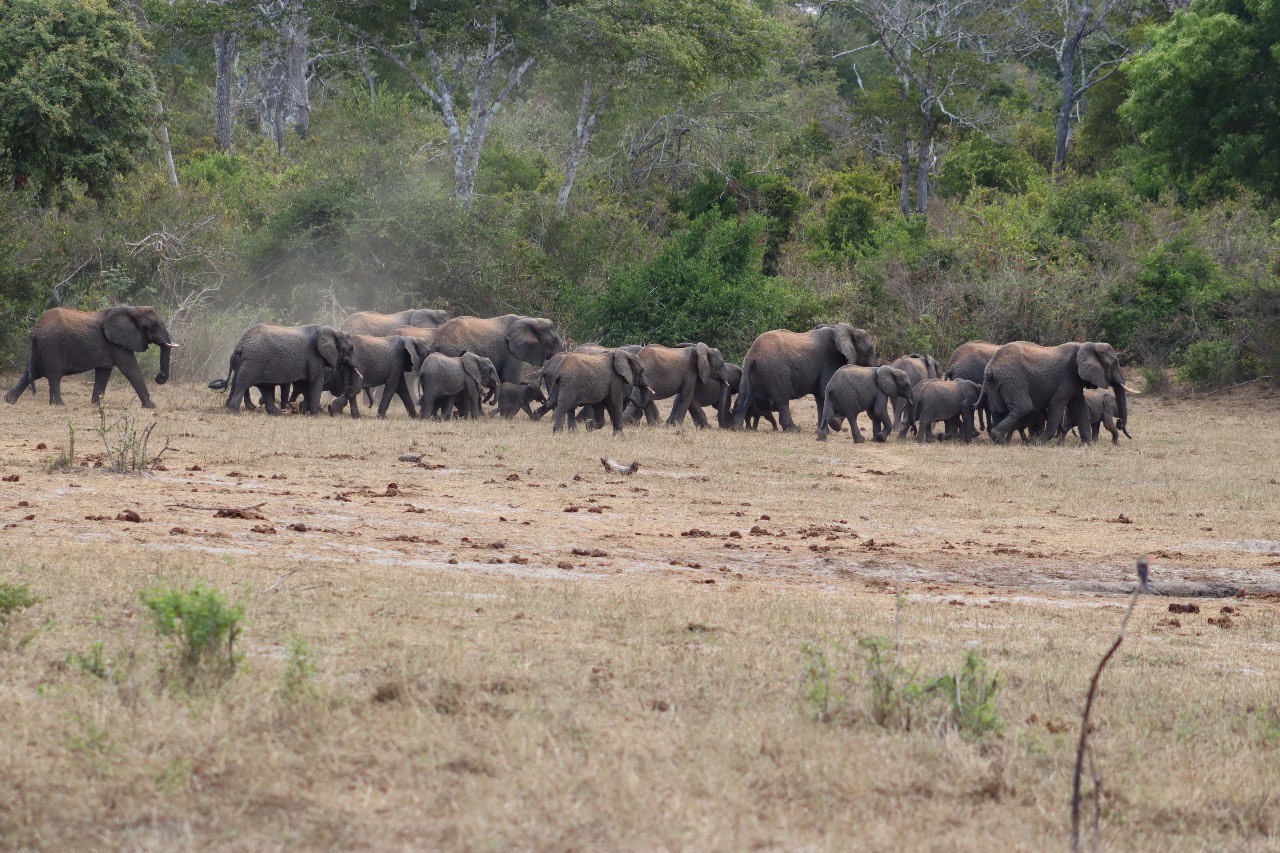
A herd of elephants in the Arabuko-Sokoke Forest © Noel Ngowa/Friends of Arabuko Sokoke Forest
Friends of Arabuko Sokoke Forest: Guardians of the Green
Amid the challenges faced by the Arabuko-Sokoke Forest, the Friends of Arabuko-Sokoke Forest (FoASF) stand as dedicated guardians, working to preserve the forest’s delicate biodiversity while improving the livelihoods of surrounding communities. Through a blend of protection, community engagement, infrastructure development, and eco-tourism, FoASF is shaping a sustainable future for both the forest and its people.
At the core of their work is forest protection and efforts to protect and manage the 170+ elephants that live inside this fully fenced, enclosed Forest Reserve. With ongoing threats like illegal logging, charcoal production, and poaching, FoASF has developed a strategy that involves community scouts patrolling the forest daily to remove snares and prevent illegal activities. The root cause behind forest exploitation is poverty, and FoASF recognizes that addressing this issue is crucial to long-term conservation and that offering appropriate socio-economic solutions will help reduce pressure on the forest.
This brings us to their community engagement efforts, where FoASF partners with local communities to provide sustainable alternative livelihoods to forest reliance. Projects such as indigenous seed collections inside the forest, and tree seedling distribution to local farms and beekeeping, not only help people build a more stable income but also foster a deeper understanding of the importance of protecting the forest.

Farmer in Bamba watering experimental, non-palatable crops for human-elephant coexistence © Noel Ngowa/Friends of Arabuko Sokoke Forest
Supporting this work is infrastructure development. FoASF employs over 60 community workers annually to support their work in various forest projects, access through road and trail clearance, and outposts that help both law enforcement and tourism thrive. The development of an upgraded electric fence has been key in reducing human-elephant conflict, safeguarding crops, and ensuring both community safety and wildlife protection. These infrastructure investments create a framework where conservation can thrive alongside local development.
Finally, eco-tourism plays an essential role in FoASF’s strategy, creating opportunities for both environmental preservation and economic growth. By developing responsible tourism initiatives, FoASF not only raises awareness about the forest’s biodiversity but also brings economic benefits to the community. By supporting Kenya Forest Service and investing in infrastructure, it helps enhance the forest’s tourism potential—leading to increased revenue that supports conservation and sustainable forest management. This creates a positive cycle where improved access and protection benefit both the ecosystem and surrounding communities.
Through these integrated efforts, FOASF continues to safeguard the Arabuko-Sokoke Forest, supporting local communities and working towards a sustainable future for both the forest and its people.
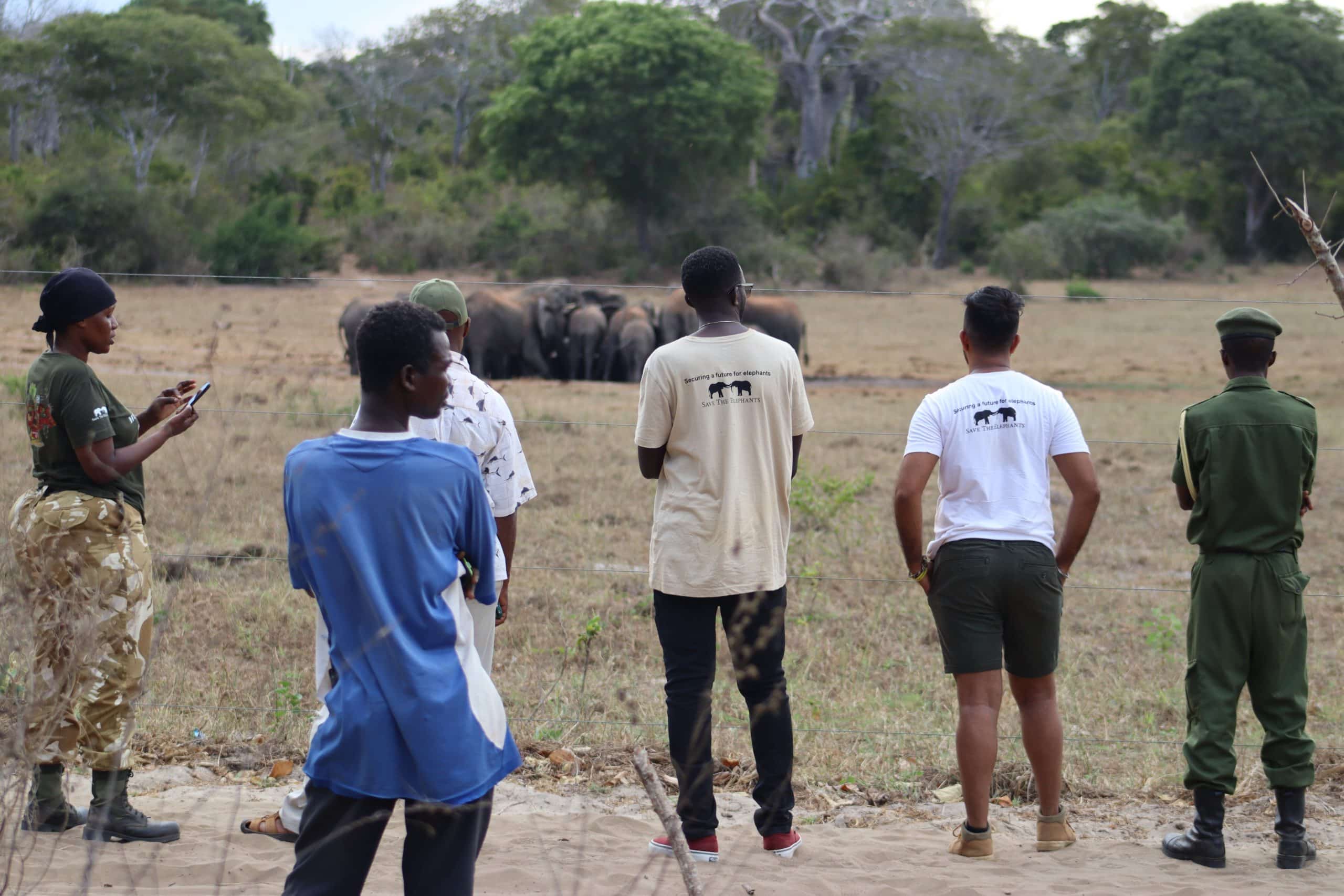
Community members, Kenya Wildlife Service rangers, and Friends of Arabuko Sokoke and Save the Elephants teams at the Arabuko Sokoke Swamp © Victor Ndombi/Save the Elephants
Achievements in Conservation
FOASF’s commitment has yielded tangible results:
- Over 52,467 kilometers of forest patrolled on foot, leading to the arrest of 274 suspects involved in illegal activities.
- 20,868 snares removed, 4,611 poles recovered, and 329 charcoal kilns destroyed, directly curbing habitat destruction.
- 30,676 students engaged in educational programs across 14 schools, with 140 conservation activities, fostering a new generation of conservation advocates.
- 60+ community workers employed annually
- 40+ kilometers of roads cleaned annually
- 34,000 indigenous trees planted
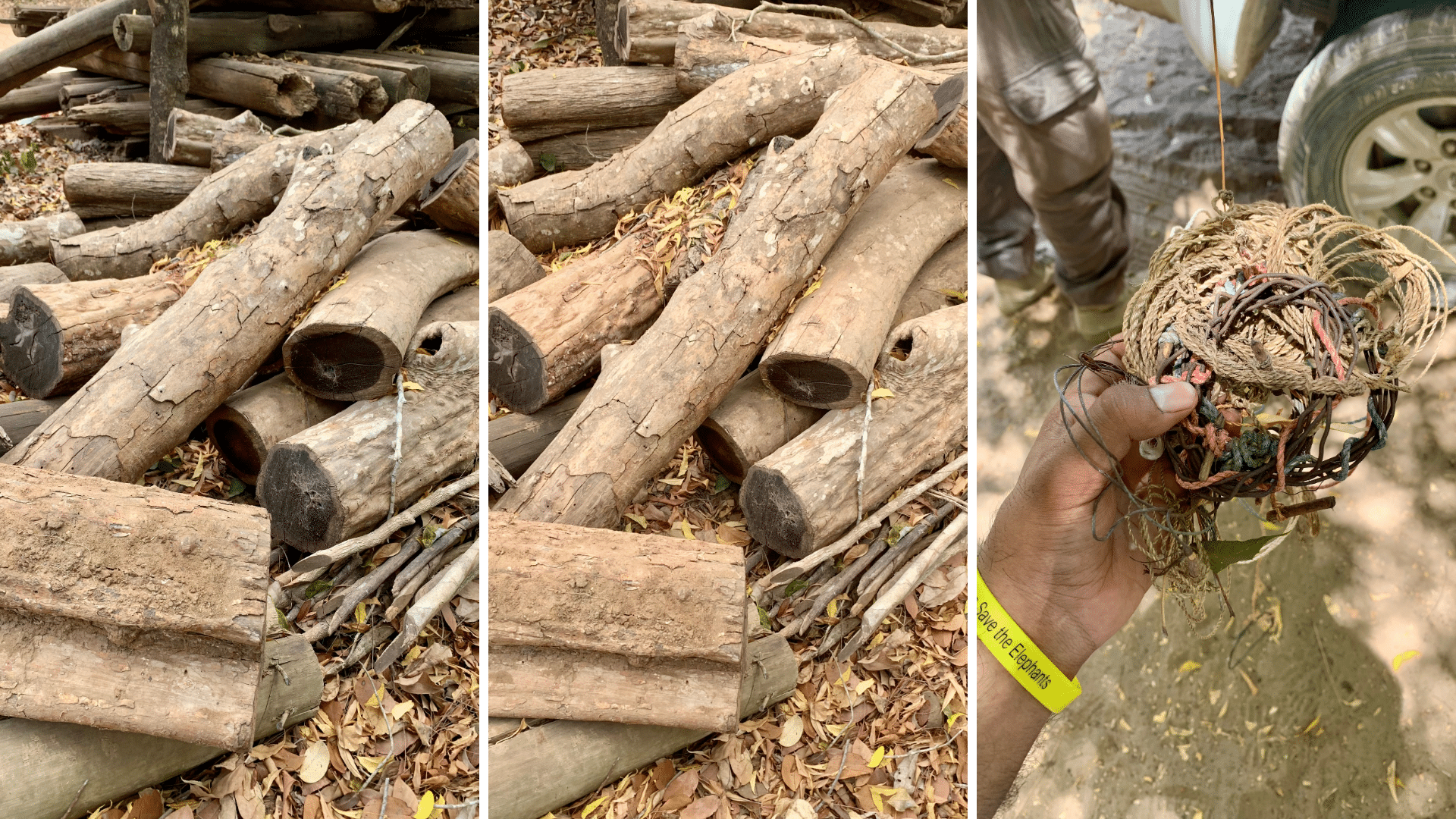
Confiscated logs from illegal logging of indigenous trees, alongside snares recovered from around the forest © Aash Wason/Save the Elephants
Elephant Crisis Fund’s Support: Strengthening the Conservation Chain
The Elephant Crisis Fund (ECF) stepped in to support the efforts of Friends of Arabuko-Sokoke Forest (FoASF) in 2023 when Human-Elephant Conflict (HEC) escalated due to the intense regional drought. The drought caused hundreds of elephants to leave Tsavo National Park and move east, towards the lusher coastal regions, in their search for food and water. Since 2022 there have now been over 845 cases of HEC incidents reported in the Arabuko Sokoke Forest ecosystem alone. Through various initiatives, ECF has helped FoASF mitigate this conflict through two areas of support:
- Support for Kenya Wildlife Service (KWS) Rapid Response teams: ECF has provided funding for the increased need in fuel and maintenance of KWS vehicles as demand for their services increased to deal with the rising conflict. The Rapid Response teams are deployed to areas experiencing HEC, allowing KWS rangers to respond swiftly and effectively to conflicts. With new ECF funded equipment like motorbikes and field tents, KWS was able to respond quickly to 51 HEC incidents, including crop destruction and property damage, reducing human-elephant tensions.
- Community Training and Capacity Building: ECF funded the participation of seven community members—five FoASF staff and one KWS officer, and one Chief within an HEC affected community—to the Training of Trainers (ToT) program run by Save the Elephants (STE). This program equips local experts with advanced skills in elephant behaviour and elephant conflict management, helping to build sustainable, long-term solutions to HEC. This was so successful, over 500 people were trained by these trainers on their return through 11 community barrazas that FoASF are sending an additional 5 trainees to STE’s ToT program in Tsavo.
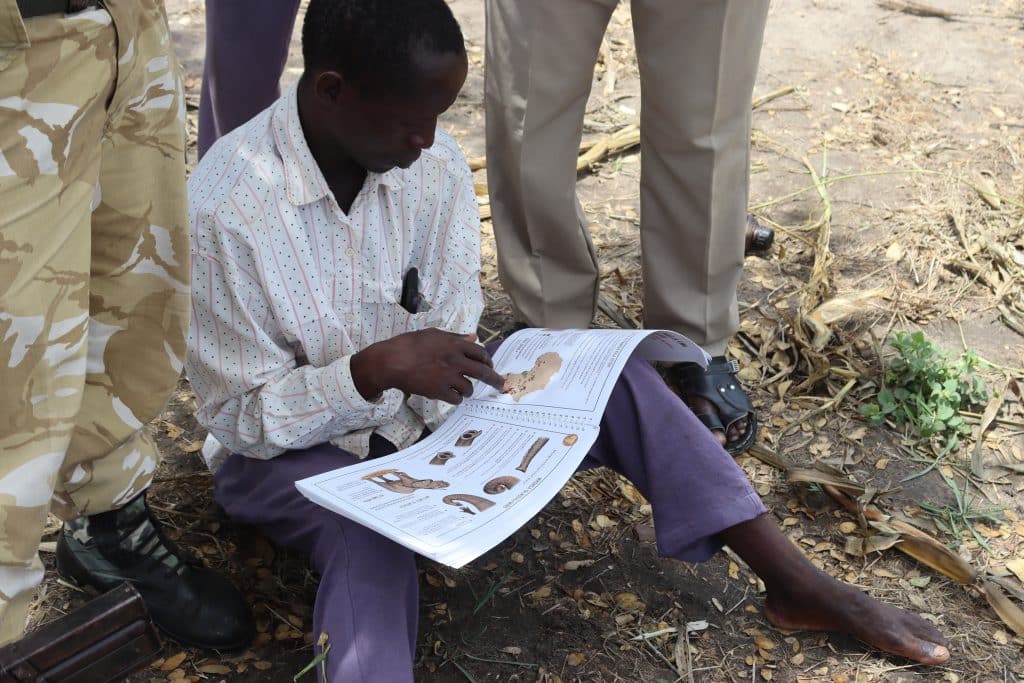
Human-elephant coexistence training at Vitengeni village © Aash Wason/Save the Elephants
- 324 compensation forms were filled by community members affected by HEC incidents in 2024 alone through support from ECF to KWS and FoASF to assist in the distribution of compensation forms. This has boosted community morale significantly towards government and non-profit partners as well as towards conservation in general.
Through these efforts and investments, ECF has significantly enhanced FOASF’s ability to respond to this rise in conflict, reduce HEC, build community capacity, and promote elephant conservation. The collaboration between FoASF, KWS, and local communities, backed by ECF, continues to create a more peaceful coexistence between elephants and humans in the region, ensuring a lasting legacy for the Arabuko-Sokoke Forest.

Jes Carey, CEO of Friends of Arabuko Sokoke Forest with our ECF Fund Administrator, Aash Wason, at the Arabuko Swamp © Aash Wason/Save the Elephants
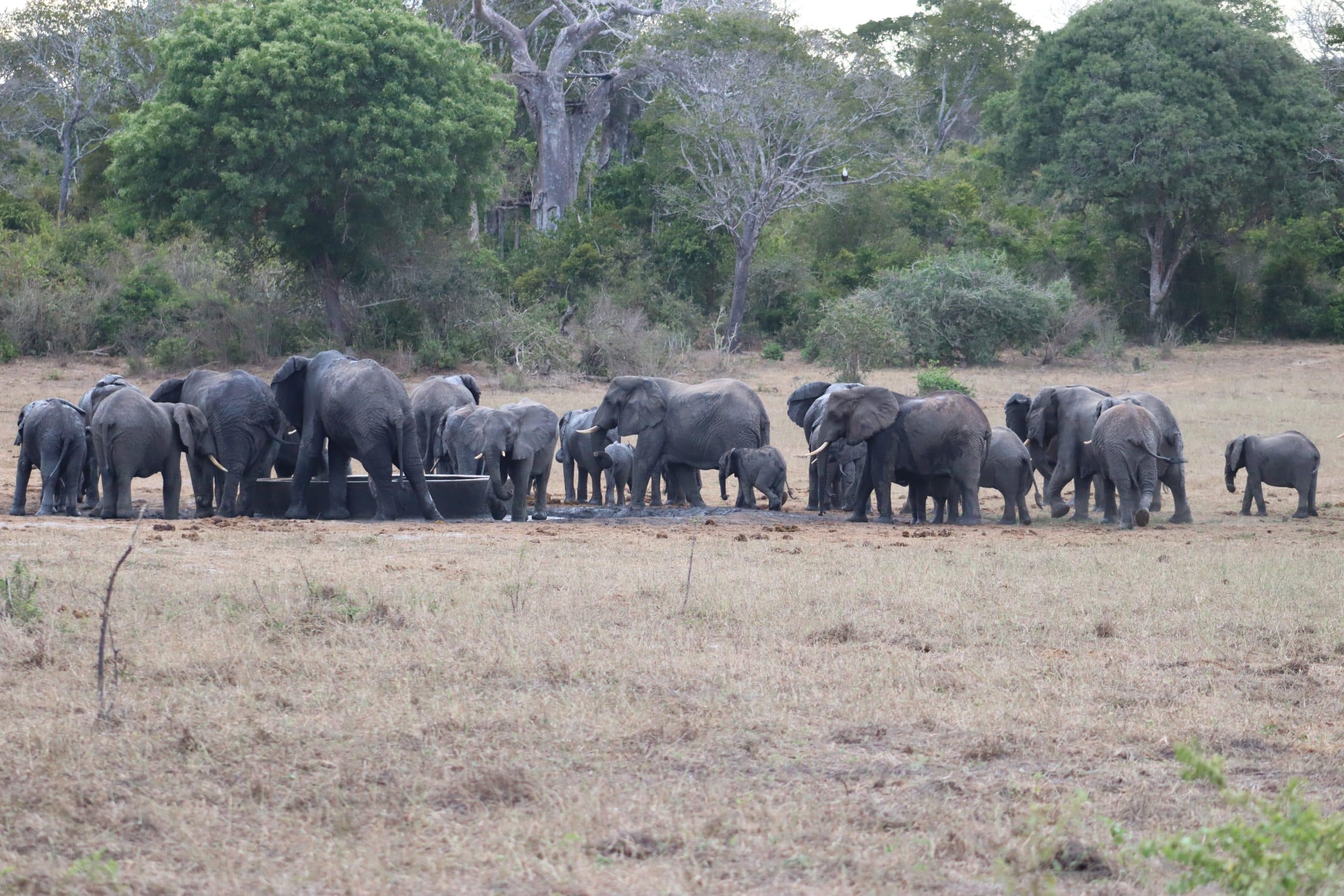
A herd of elephants in the Arabuko-Sokoke Forest © Noel Ngowa/Friends of Arabuko Sokoke Forest